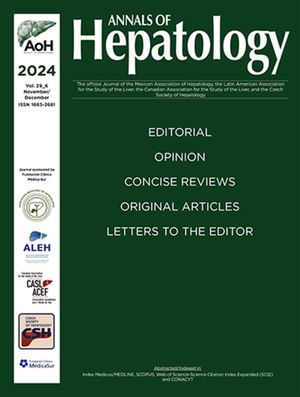
Abstracts of the 2023 Annual Meeting of the ALEH
More infoNo
Introduction and ObjectivesStudies have suggested an association between sarcopenia and mortality in liver transplant (LT) recipients. However, sole measurement of the area of skeletal muscle employing Psoas Muscle Index (PMI) does not estimate the muscle composition and degree of adipose atrophy of the muscle. We evaluated to association of PMI and Psoas Muscle Density (PMD) and post-LT survival in hispanic population
Patients / Materials and MethodsRetrospective review of a cohort of LT recipients at UC-Christus Clinical Hospital between 2016 and 2022. Two observers measured PMI and PMD on CT using NIH ImageJ software (version 13.0.6). Sarcopenia was defined as PMI <4.9 cm2/m2 in men and <3.9 cm2/m2 in women. Low psoas muscle density was defined as PMD <38 HU in men and PMD <34 HU in women. We used univariable and multivariable Cox proportional regression models to predict post-LT mortality
Results and Discussion112 patients with cirrhosis were included in the analysis (58 ±10 years, 55% men). Etiologies: MASLD 50%, ALD 17%, MetALD 3.2%, autoimmune hepatitis 10%, HCV 6.4%, PBC 1.3%, others 12.1%. Child-Pugh A/B/C (5%/40%/55%), MELD Na 28±7, 27 (25%) patients presented sarcopenia. During the 72-week follow-up, 19 (17%) patients died. Sarcopenia was associated with a higher risk of post-LT mortality (HR = 3.9, 95% CI [1.6- 9.6], p = 0.003). Low PMD is associated with a higher risk of post-LT mortality (HR = 3.7, 95% CI [1.5-9.2], p = 0.004) (figure). Patients with sarcopenia and low PMD had a higher risk of post-LT mortality (HR = 10, 95% CI [2.8-38], p < 0.001).
ConclusionsSarcopenia and low psoas muscle density are independently associated with a higher risk of post-LT mortality, and in combination they are a strong indicator of a higher risk of post-LT mortality.










